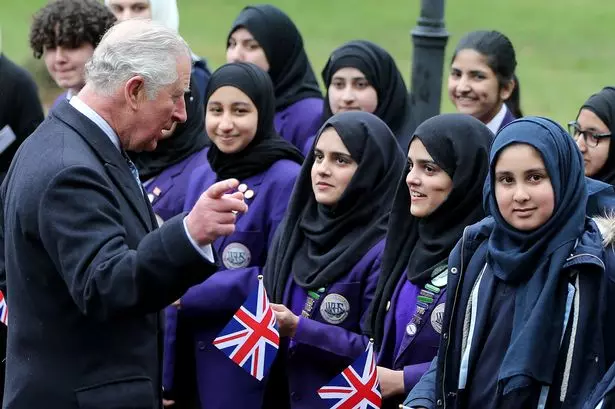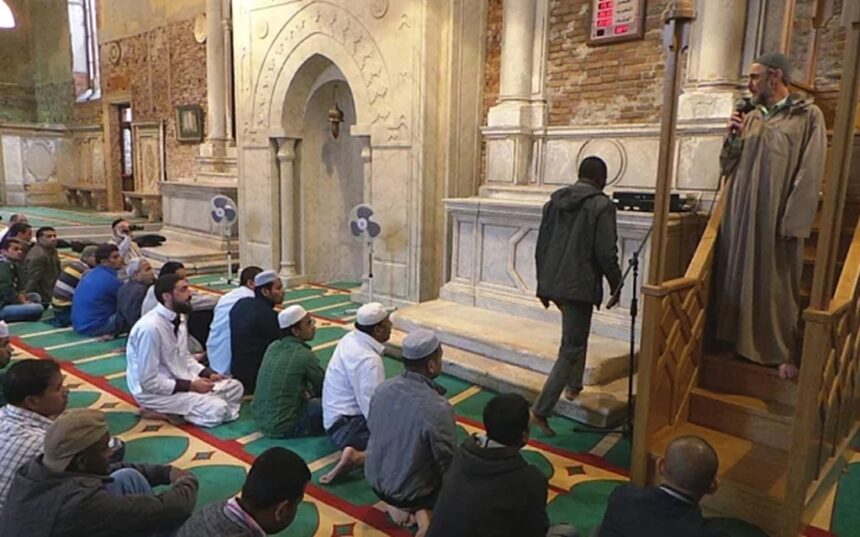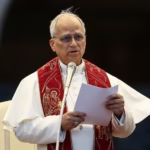LONDON – Across the UK, many former churches are now serving as mosques, reflecting changing communities and religious habits. Once central to neighbourhood life, thousands of churches have closed, with many buildings sold to Muslim groups seeking places to worship.
Over the past ten years, more than 3,500 churches have shut their doors. Low church attendance, high upkeep costs and shifts in local populations have all played a part. Meanwhile, the number of people identifying as Muslim has grown, increasing demand for mosque space.
Church attendance has dropped sharply. The National Churches Trust reported that Sunday services at Church of England churches fell from 788,000 in 2013 to 557,000 recently. The decline sped up after the pandemic, as many never returned to in-person worship.
The 2021 census showed just 46% of people in England and Wales now identify as Christian, down from 59% ten years earlier. The Muslim population grew from 2.7 million (4.9%) to 3.9 million (6.5%) during the same period. Mosques often see higher turnout than churches, which has led to more demand for new places to gather.

Historic Churches Closing and Becoming Mosques
Many churches that have closed are historic, with some listed for their architecture. Repair costs and shrinking congregations have led to closure, with estimates suggesting 3,500 churches of all types have shut in the past decade.
In Wales, a quarter of historic churches have closed in recent years. The Church of Scotland is set to close up to 40% of its buildings due to falling income and ageing facilities. When churches close, almost a third of regular churchgoers stop attending anywhere, which highlights the wider effect on local communities.
Muslim groups have stepped in to give some of these buildings a new purpose. In Bradford, the Clayton Heights Methodist Church, built in 1870, stood empty for years before being bought by local Muslims and turned into a mosque.
In Blackburn, Lancashire, St Chad’s Church was converted into Masjid-e-Taqwa in 2023 after major repairs, restoring life to a once-neglected building.
In Clitheroe, the Mount Zion Methodist Church, once a scarf factory, finally became a mosque after local Muslims campaigned for years, standing alongside the town’s 12th-century Anglican church as a sign of shared history.
Not every church-to-mosque conversion goes smoothly. In Hanley, Stoke-on-Trent, St John the Evangelist Church had been unused since the 1980s because its tower was unsafe.

Deeper shifts in society
A Muslim charity bought it with plans for a mosque, but the Church of England blocked the move, citing a legal agreement from 2009 that banned non-Christian religious use. This sparked local debate about whether keeping buildings for heritage is more important than meeting the needs of current communities.
Turning churches into mosques reflects deeper shifts in society. In Watford, St Thomas’ United Reformed Church closed in 2015. A Muslim charity bought it for £3.5 million, with plans to open Masjid Al-Ummah in 2026 to serve the town’s growing Muslim population of 15,000.
These changes highlight how mosque attendance often surpasses churchgoing. A 2005 study found 930,000 Muslims attended mosque each week, compared to fewer than 509,000 at Church of England services by 2021.
Some people worry about the decline of Christianity, warning that Britain is losing its identity as churches close and mosques open. Others, like Methodist lay preacher Steve Langton, believe buildings should serve current needs rather than just preserving history. Langton has argued that selling a church to support other congregations is a practical step in changing times.
The closure of 3,500 churches is a startling figure, but it has also led to new uses for many buildings. Some are now community centres, homes, or even nightclubs, like the former St Andrew’s United Reformed Church in Bournemouth.
For Muslim communities, these churches offer a chance to put down roots and serve growing congregations. As Britain’s religious picture changes, the conversion of churches to mosques shows both the end of old traditions and the start of something new.







